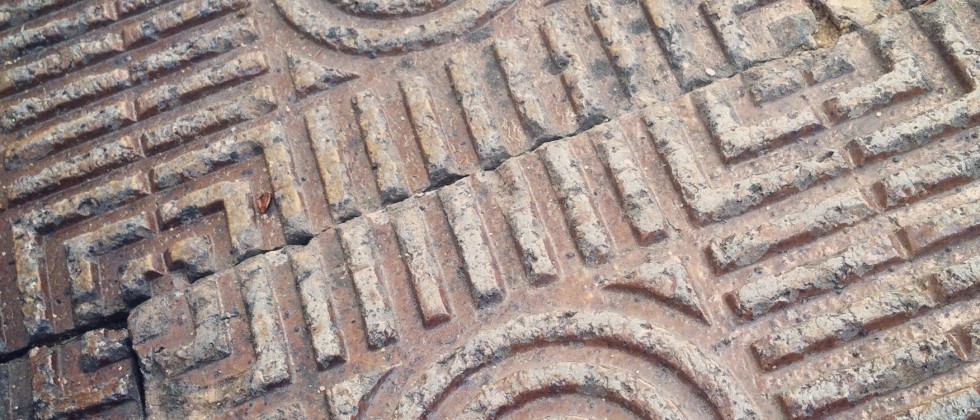
The Value Proposition
- About President Dudley
- Messages to the Community
- Issues and Initiatives
- Speeches and Opinion Pieces
- President-s Office Staff
March 11, 2020
High quality liberal arts education is expensive. Last month, I examined what tuition buys. Is it worth it? The answer depends upon how we understand the value of a Washington and Lee education. What do you get for your money?
First, there is the experience itself: four incomparable years in Lexington. Students make lasting friendships with, and learn an extraordinary amount from, an exceptional group of peers and professors. They take classes that expand their horizons, they discover and pursue their extracurricular passions, and they revel in life in the Shenandoah Valley.
Second, there are the lifelong consequences of the time spent at W&L. During their precious years on campus, our students develop their intellect and conduct themselves with honor, integrity, and civility, which prepares them for lives of learning, achievement, leadership, service, and citizenship. The personal growth they exhibit in this formative period has tremendous long-term value to themselves, their families, and their communities. We are all better off because of the kind of people they become.
As the parent of two college students, I would regard the four-year investment in their futures as invaluable even if it had no bearing on their financial prospects. But the good news is that quality liberal arts education not only enriches lives, it also more than pays for itself.
The inflation-adjusted earnings premium for college graduates, in comparison to those who do not graduate from college, is near its all-time high.[1] Graduates from liberal arts colleges do even better, earning 25% more over the span of a 40-year career than graduates from other types of institutions, with a median return on investment of $918,000. And, of course, Washington and Lee is not an average liberal arts college. Out of more than 200 such colleges in the country, the net present value of a W&L education is 2nd highest, at $1.58 million.[2]
Not only is the financial return outstanding, but no family pays the full cost of educating their child at Washington and Lee, thanks to the support provided by our endowment and annual giving. This year’s comprehensive fee — tuition, room, and board — is nearly $70,000. But our annual spending per student — on people, programs, and facilities — is $87,000. All families receive a base subsidy of 20%. More than half of our families receive additional financial aid, scaled to meet 100% of their demonstrated need, which W&L does entirely with grants and work-study jobs, rather than loans.
Sending children to college is a significant expense. At Washington and Lee, it is also a fabulous investment. The endowment and current gifts pay 50% of our bills, expanding the scope and enhancing the quality of our educational offerings for all students. The financial return on four years of tuition payments is among the very best in the country. And, as our students and alumni will attest, the experience and lifelong personal impact of attending W&L are priceless.
The problem we face is not that liberal arts education is insufficiently valuable. The problem is that high quality liberal arts education is so valuable — not only to individual graduates but also to the communities in which they will live and make a difference — that there is an imperative to make it more widely available and affordable. This is a challenge of scale no institution can solve on its own. But Washington and Lee must continue to be part of the solution. Next month I will have more to say about access and affordability. Who are the students at W&L? And how do we make it possible for their families to send them here?

Notes
- Josh Mitchell, “College Still Pays Off, but Not for Everyone,” Wall Street Journal, 8 August 2019.
- Susan Svrluga, “Liberal Arts Education: Waste of Money or a Practical Investment? Study’s Conclusions Might Surprise You,” The Washington Post, 14 January 2020.
Office of the President
- About President Dudley
- Messages to the Community
- Issues and Initiatives
- Speeches and Opinion Pieces
- President's Office Staff